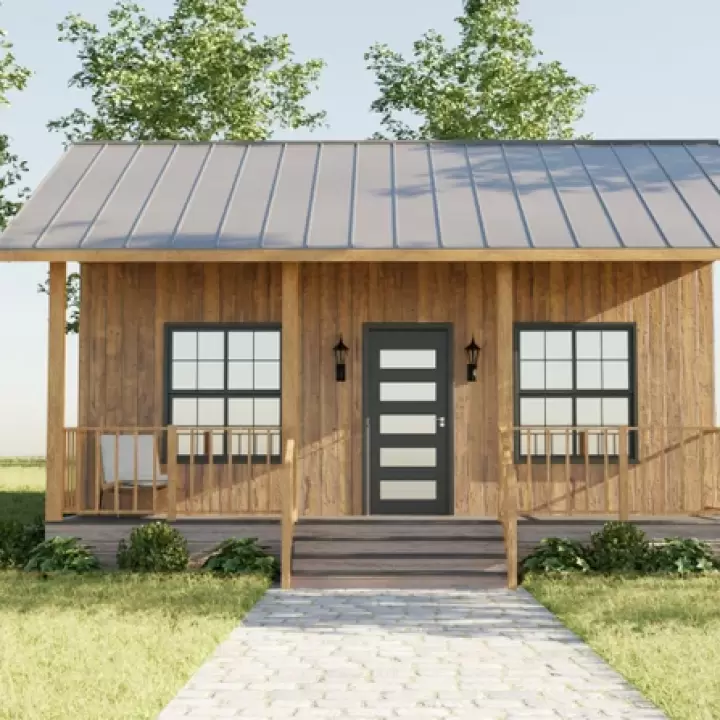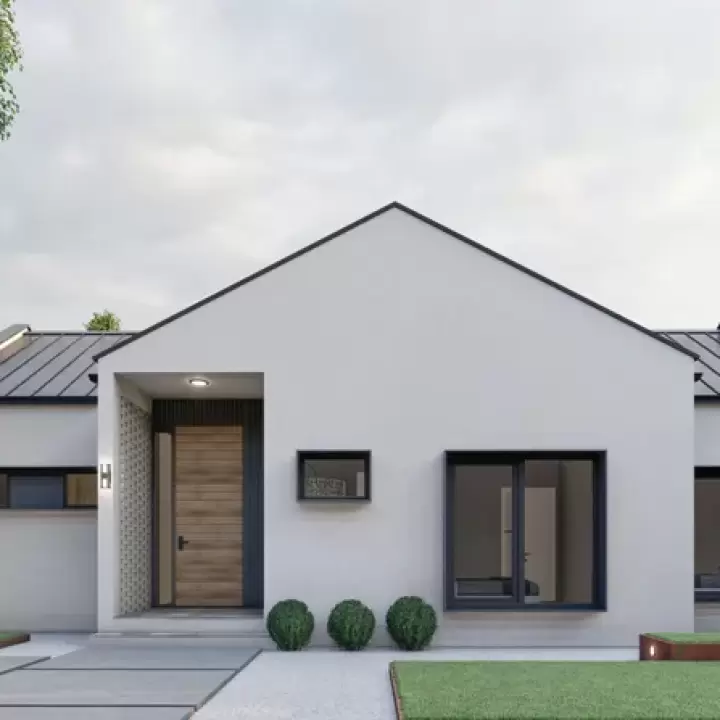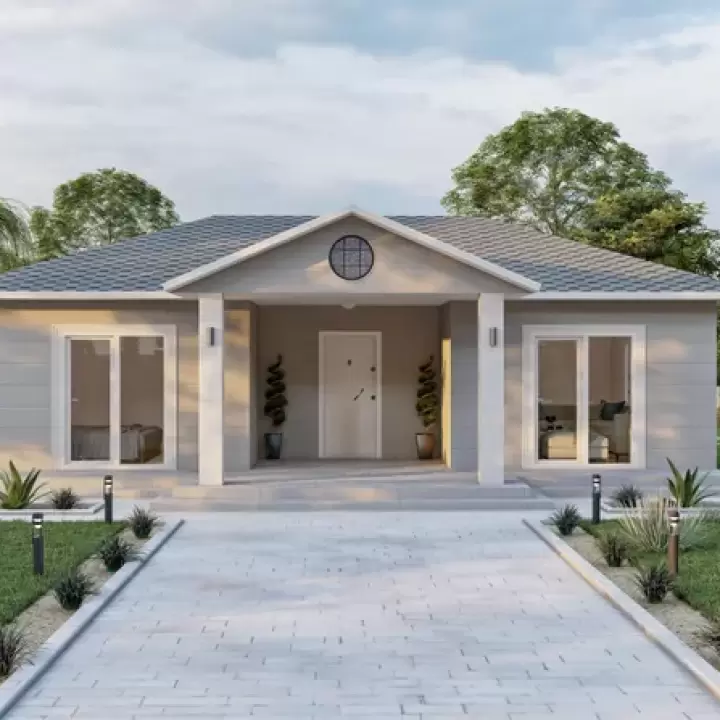
Building Your A-Frame Home A Comprehensive Guide to Plans and Kits for Every Budget
If you're considering building an A-frame home, you're in for a unique and rewarding experience. A-frame houses are celebrated for their striking architectural design and efficient use of space, making them a popular choice among homeowners who appreciate both form and function. In this comprehensive guide, we'll explore various A-frame house plans and build kits suitable for every budget. From initial planning to the final touches, this guide will help you navigate the process and make informed decisions.
Understanding A-Frame Homes
A-frame homes are characterized by their distinctive triangular shape, which forms an "A" when viewed from the side. This design not only provides an eye-catching aesthetic but also offers practical benefits. The steep roofline effectively sheds snow and rain, making it ideal for various climates. Additionally, the open interior space of an A-frame home allows for flexible room configurations and a cozy, cabin-like atmosphere.
Choosing the Right A-Frame House Plan
Selecting the right A-frame house plan is crucial for ensuring that your home meets your needs and preferences. Here are some key considerations to keep in mind:
1. Size and Layout
A-frame houses come in a range of sizes, from small, compact designs to larger, multi-story homes. Consider how much space you need and how you plan to use it. Common layouts include open-plan living areas, loft spaces, and multiple bedrooms. Choose a plan that aligns with your lifestyle and family size.
2. Style and Features
A-frame house plans vary in style and features. Some plans focus on modern aesthetics with large windows and sleek finishes, while others emphasize a rustic, cabin-like charm. Decide on the style that best suits your taste and complements your surroundings. Features to consider include:
- Large Windows: To maximize natural light and views.
- Loft Spaces: For additional sleeping or storage areas.
- Decks and Porches: To enhance outdoor living.
3. Budget Considerations
Your budget will play a significant role in determining the size and complexity of your A-frame home. It's important to factor in not only the cost of the house plan but also construction, materials, and any additional features. Be realistic about what you can afford and prioritize your must-have features.
A-Frame Home Build Kits: What You Need to Know
An A-frame home build kit is a convenient way to streamline the construction process. These kits typically include pre-cut materials and detailed instructions, making it easier for DIY builders or contractors to assemble the home. Here’s what to consider when choosing an A-frame home build kit:
1. Kit Components
Most A-frame home kits include the following components:
- Pre-Cut Timber: For the frame and structural elements.
- Roofing Materials: Such as shingles or metal panels.
- Windows and Doors: Pre-sized and pre-framed for ease of installation.
- Hardware and Fasteners: Required for assembly.
2. Customization Options
Some kit providers offer customization options, allowing you to adjust the design to better suit your needs. This may include changing the size of windows, adding additional rooms, or selecting different materials. If customization is important to you, look for kit providers that offer flexible design options.
3. Assembly and Installation
Consider whether you'll be assembling the kit yourself or hiring a contractor. While DIY assembly can save money, it requires a certain level of skill and experience. Hiring a professional can ensure that the construction is done correctly and efficiently, but it will increase your overall costs.
Steps to Building Your A-Frame Home
Building an A-frame home involves several key steps. Here’s a general overview of the process:
1. Planning and Design
Begin by selecting your A-frame house plan and securing any necessary permits. Consult with an architect or designer if needed to make any modifications to the plan.
2. Site Preparation
Prepare the construction site by clearing the land and laying the foundation. Ensure that the site is level and suitable for building.
3. Assembling the Frame
Follow the instructions provided with your build kit to assemble the A-frame structure. This typically involves erecting the main frame and securing it with hardware.
4. Installing the Roof and Exterior
Once the frame is in place, install the roofing materials and exterior finishes. This includes siding, windows, and doors.
5. Interior Construction
Complete the interior by adding insulation, drywall, flooring, and other finishes. Install fixtures and fittings according to your design plan.
6. Final Touches
Add any final touches, such as landscaping or exterior paint, to complete your A-frame home.
Frequently Asked Questions (FAQs)
1. What are the advantages of building an A-frame home?
A-frame homes offer a unique aesthetic, efficient use of space, and excellent weather resistance. Their steep roofline allows for effective snow and rain runoff, and the open interior design provides a cozy and spacious feel.
2. How much does it cost to build an A-frame home?
The cost of building an A-frame home varies depending on factors such as size, design, materials, and location. On average, you can expect to spend between $100,000 and $300,000. Build kits can help reduce costs, but additional expenses such as site preparation and labor should be considered.
3. Can I customize an A-frame home kit?
Many A-frame home kits offer customization options, allowing you to adjust the design to fit your needs. Check with the kit provider to see what modifications are available.
4. How long does it take to build an A-frame home?
The construction time for an A-frame home depends on the complexity of the design and the construction method. On average, it can take between 3 to 6 months to complete the building process.
5. Is it possible to build an A-frame home on a slope?
Yes, A-frame homes are well-suited for sloped sites due to their triangular design and steep roofline. However, site preparation and foundation work may be more challenging on a slope.
By following this guide, you’ll be well-equipped to choose the right A-frame house plan and build kit for your needs. Whether you're aiming for a simple weekend retreat or a luxurious family home, the A-frame design offers a unique and stylish solution that combines practicality with visual appeal.




